The W* Library: flick through June's top ten titles

Dixonary
By Tom Dixon
The masterstroke monograph is something of a designer rite of passage, with the only surprise being that it took Tom Dixon so long to chronicle his work in such fine style. Violette Editions is a worthy publishing partner for Dixon's oeuvre, and Dixonary takes the reader through a chronology of his work, from product to architecture to play and beyond, each with revealing insights from the designer. The evolution of his designs is made even more evident in the context of a book, where it's interesting to see the wrought iron Rococo of his earliest work resurface in some of the highly finished metal lighting and furniture of recent years.
Published by Violette Editions, £35; available from 24 June
Writer: Jonathan Bell
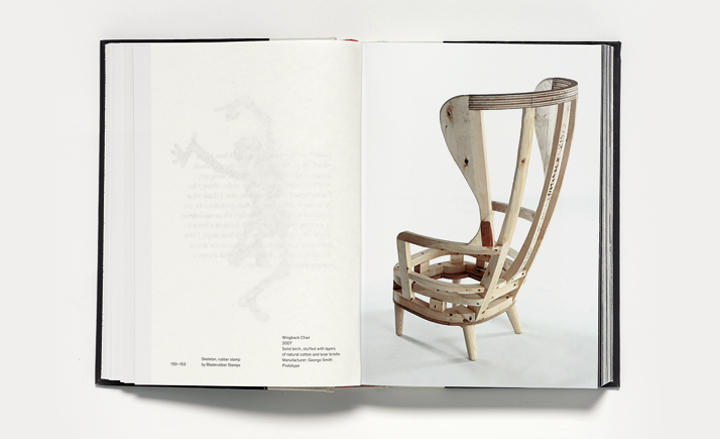
A spread from the book shows a prototype of the 'Wingback Chair', 2007
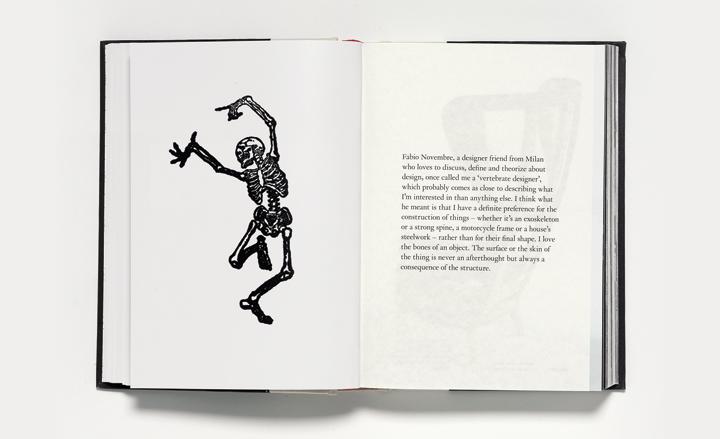
A skeleton rubber stamp, by Bladerubber stamps, accompanies a personal anecdote about Milanese architect Fabio Novembre, who once dubbed Dixon a 'vertabrae designer'

'Jack Light', 1994
Architecture now! Houses, Vol. 3
By Philip Jodidio
You have to hand it to Philip Jodidio. The prolific scribbler must surely be one of the most prodigious architectural authors in history, with nearly thirty Taschen books to his name. As the name suggests, Houses 3 is the third volume in a well-regarded line of blockbusting books honing in on modern residences. Such is the German giant's clout that there's plenty here you'll never have seen before, from big names to small.
Published by Taschen, £34.99


From the book: House NA, by Sou Fujimoto, Tokyo, Japan.

BF House, by OAB, Borriol, Castellón de la Plana, Spain.

Raul House, by Mathias Klotz, Acuelo, Chile.
Tracey Emin: My Photo Album
By Tracey Emin
Tracey Emin's photo album project is surprisingly straight-laced. Styled as a facsimile wire-bound album, it contains a rich trove of the artist's personal family photographs - whittled down from 8,000 - going back all the way to her childhood. As ever, the subtext is hard at work as Emin runs the gamut of her generation's subcultures, enters art college and is consumed by the full-on insanity of the art world. Personal experience has always been at the core of Emin's work, and this visual biography is both a catalogue of sources and an artwork in its own right.
Published by Fuel, £19.95; A signed edition of 100 is also available, £200
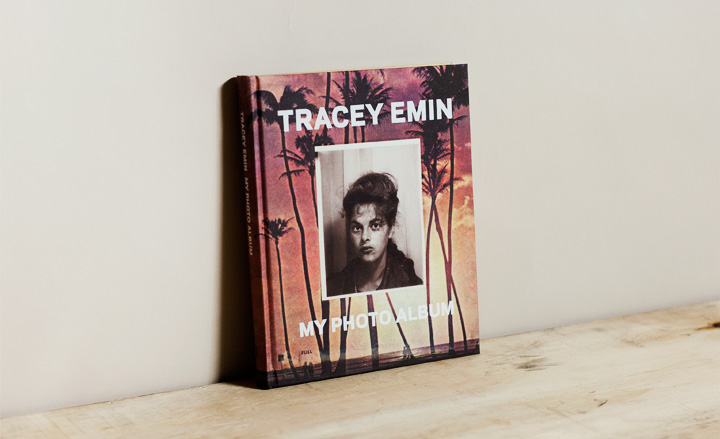

A spread from the book depicts Emin in her Elephant and Castle studio, during her pregnancy.
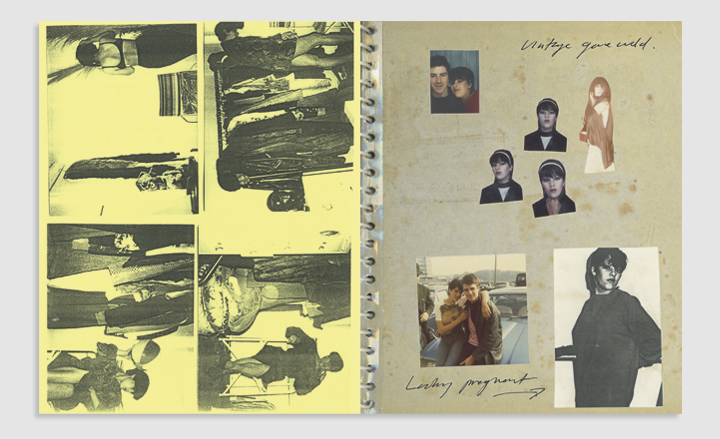
Emin's photo album is at times styled as a facsimile wire-bound album, and presents artist's family photographs going back all the way to her childhood

Handwritten scrawls (and characteristically honest confessions) by Emin accompany the personal imagery

From left: a school photograph of Emin at the age of 9; Emin with her twin brother, Paul, at the age of 10
EP Vol.1: The Italian Avant-Garde, 1968 - 1976
Edited by Alex Coles and Catharine Rossi
The Italian avant-garde of the late twentieth century were determined to deviate from the influential ideology and aesthetics of its early twentieth century predecessors. It was an era of collective and artistic metamorphosis, and the first volume tracks the manifestos, debates and expos that were to shape the years that followed, including the birth of post-modernism. Interviews reach across the generations, with Joseph Grima talking to former Domus editor Alessandro Mendini, and Experimental Jetset (the Amsterdam studio also responsible for the design of the book) examining the legacy of Ettore Vitale.
Published by Sternberg Press, €22


From the book: Giangiacomo Spadari being arrested by the police, 34th Venice Biennale, 1968.
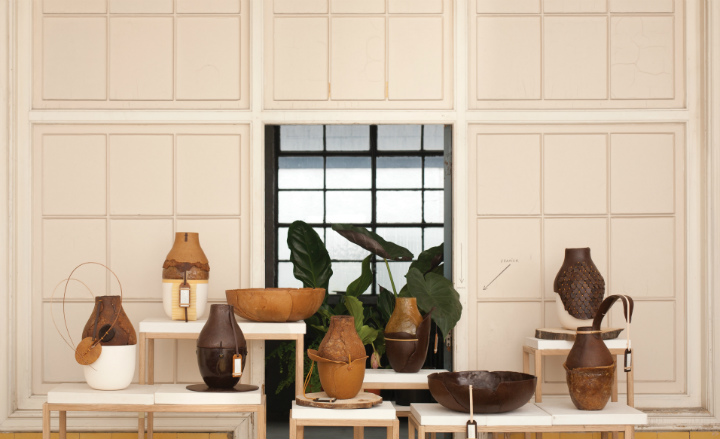
'Botanica' vessels, by Formafantasma, 2011. Commissioned by the Plart Foundation. Courtesy: Studio Formafantasma;
Ravilious: Submarine
By James Russell
The Mainstone Press continues to mine the rich seam that is the archive and output of Eric Ravilious, a British printmaker whose life was tragically cut short during the Second World War. In his short career, Ravilious was fiendishly productive, able to turn his hand to subjects both technical and mythological. Ravilious' small but well-formed body of work is given context by author James Russell, who explores the history of 20th century auto-lithography. Supporting imagery by the likes of Barnett Freedman and Vladimir Lebedev sheds light on how Ravilious came to make his submarine lithographs, alongside the book covers and posters that were his primary work.
Published by The Mainstone Press, £35
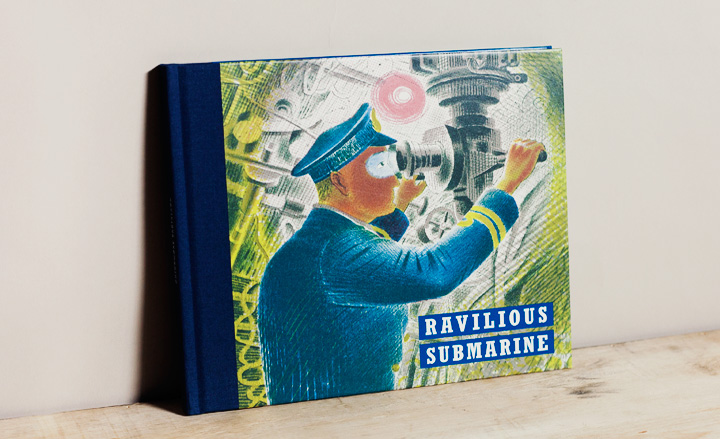
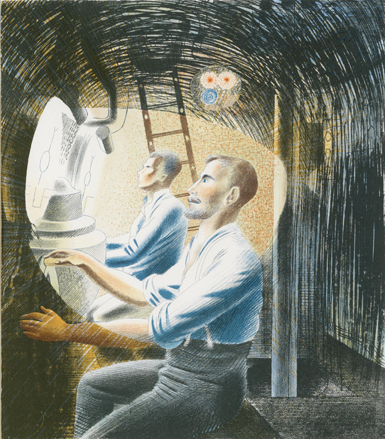
From the book: 'Diving Controls 2', by Eric Ravilious
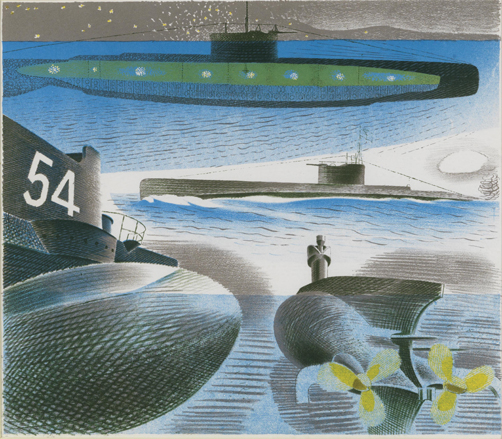
'Different Aspects of Submarine', by Eric Ravilious

The first half of the book is devoted to the history of 20th century artist lithography. Pictured: the cover of 'Hunting', by Vladimir Lebedev, 1925
Western Artists and India: Creative Inspirations in Art and Design
Edited by Shanay Jhaveri
The cultural traffic between India and the West has been plied for generations. However, this new monograph from Thames & Hudson looks specifically at the cross-pollination between India and Western superpowers Europe and America, since the Asian nation gained independence in 1947. This was of course, the birth of Modernism's high period, most especially in fine art. The result is a rich collection of projects that owe their genesis to Indian culture and collectors, including works from Dexter Dalwood, Frank Stella, Martin Parr and Charles and Ray Eames.
Published by Thames & Hudson, £29.95

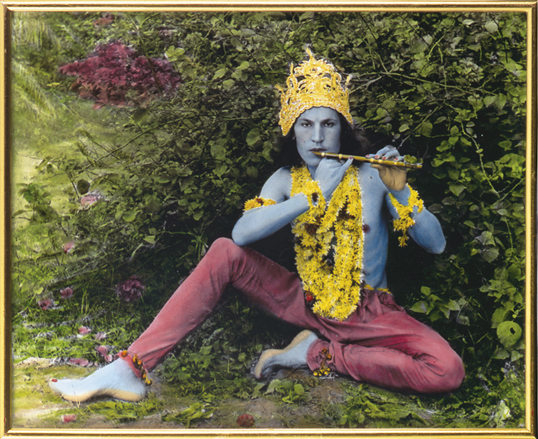
'Krishna', by Luigi Ontani, Jaipur, 1976.

'Self-Portrait as a Bengali Woman', by Francesco Clemente, 2005.
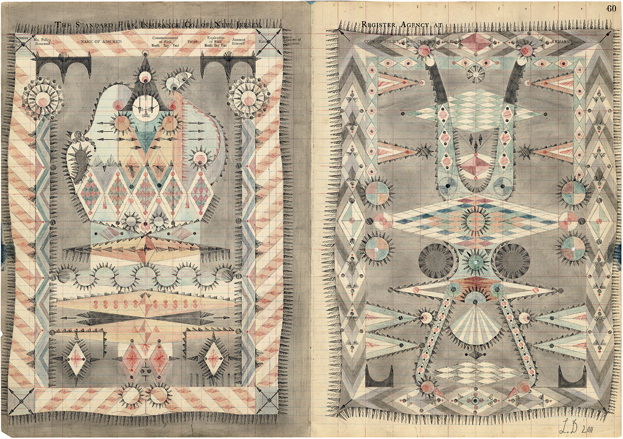
'Small Performers', by Louise Despont, 2011. Courtesy Nicelle Beauchene Gallery, New York/London. © The artist
LACMA Handbook of California Design 1930-1965
Edited by Bobbye Tigerman
Admittedly this a niche product for a niche pursuit, but such is the ongoing interest in all things mid-century that this scholarly catalogue should find a well-deserved place in many a modern home. Subtitled 'Craftspeople, Designers, Manufacturers', the book accompanied a recent exhibition at LACMA, delving deep into the people, places and things that formed the era of postmodernist architecture and spindly furniture. As well as the names you know there'll be ones you won't; the handbook is essential reading on a significantly influential time in design culture.
Published by MIT Press, £24.95
Receive our daily digest of inspiration, escapism and design stories from around the world direct to your inbox.

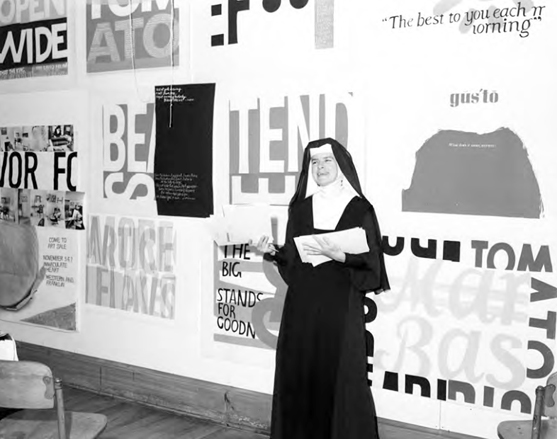
From the book: Sister Corita (pictured) was a printmaker, teacher, and social activist who mixed political sloganeering with teaching at the city's Immaculate Heart College
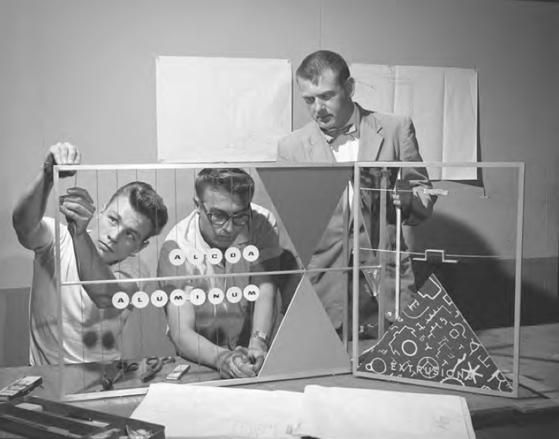
Charles Kratka, seen at the right, worked as a graphic designer at the Eames Office and contributed covers and layouts to 'Arts & Architecture' magazine before turning to interiors

Paul Tuttle was a furniture designer and architect who spent a chunk of his career living and working in Switzerland. Tuttle trained with Frank Lloyd Wright and veered towards postmodernism at the end of his career
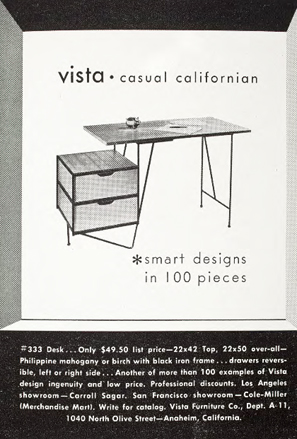
Vista Furniture Company (active 1950s to 1970s) created affordable modern designs in collaboration with many key designers of the era, including Kipp Stewart and John Caldwell. Set up by Don Bates and Jackson Gregory, the Anaheim-based company was a major disseminator of So-Cal style
Soviet Modernism: 1955-1991
Edited by Architekturzentrum Wien
The architectural exuberance of Soviet Russia and its former satellites offers an abundant trove for off-the-wall design lovers with an interest in the abstract potential of concrete. This new Unknown History tackles post-war work in 14 Soviet Republics, where, for the most part, this new architecture was imposed rather than welcomed. There's a beauty in these spectacular failures, the romance and intrigue coming largely from the fact that they're the expression of a vanished ideology. Yet for every space age meeting hall or palace of industry there are great swathes of dismal tower blocks, a permanent reminder that the power of this architecture was at its best when it was concentrated in small intense doses.
Published by Park Books, £42

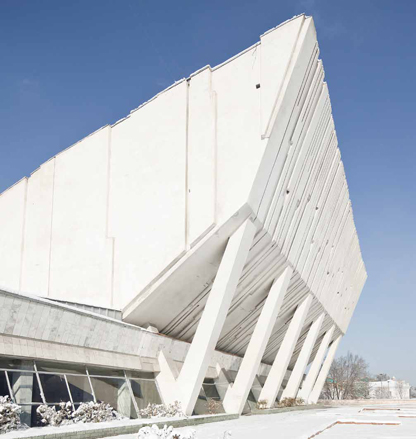
Lenin Place of Sports, Bishkek, 1974.

Sports Arena Medeo, Almaty, 1969-1972.

Bazar, Buku, 1983
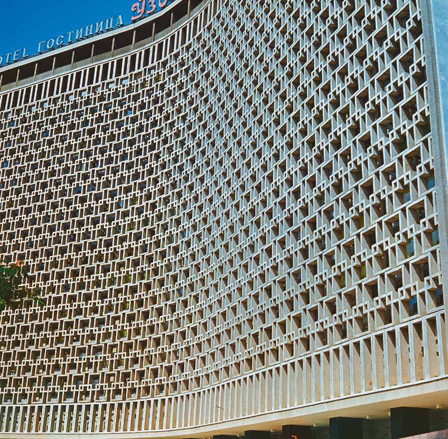
Hotel Uzbekistan, Tashkent, 1974
Cornelia Parker
By Iwona Blazwick
Cornelia Parker's art is about intervention: either the uneasy juxtaposition of one physical element against another, or the transformation of an object into another state, quite often through violent means. It's work that lends itself to chronicling and cataloguing, but is best experienced in person - such as the 1995 piece 'The Maybe', featuring a serene Tilda Swinton housed in a glass case. The first monograph of the artist's work includes an introduction by Yoko Ono and essays by the Whitechapel Gallery director, Iwona Blazwick.
Published by Thames & Hudson, £35
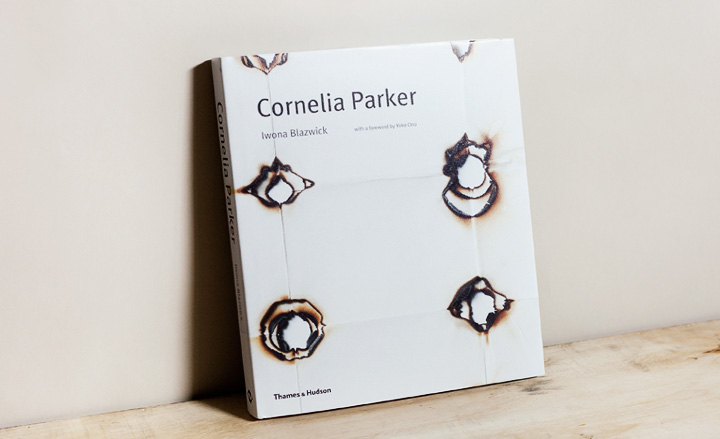

'Thirty Pieces of Silver', 1988-89.

Pavement Cracks (City of London), 2012-2013.
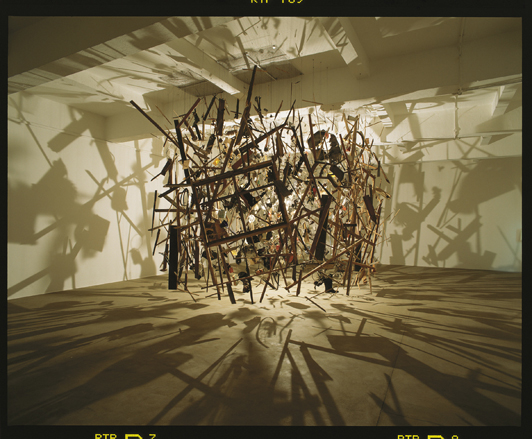
Cold Dark Matter: An Exploded View', 1991, installation view at Chisenhale Gallery, London.
Sacred Concrete: The Churches of Le Corbusier
By Flora Samue and Inge Linder-Gaillard
It's either a sign of his audacity or his openness, but the fact remains that although Le Corbusier was decidedly agnostic, his sacred buildings are amongst the most spiritual and brilliant projects in his vast portfolio. Sacred Concrete looks at the architect's key church projects, placing them alongside broader changes in congregation and liturgy during the twentieth century, which made his approach possible. Perhaps just as many architectural pilgrimages as spiritual ones are made to places to La Tourette, Firminy-Vert and Ronchamp every year, but we doubt the priests that commissioned them are complaining.
Published by Birkhauser, £60
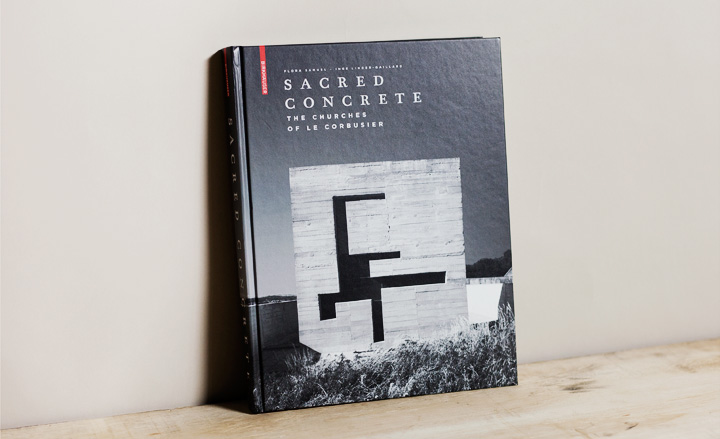

A page from the book shows (from top): the interior and architect's plan of the Chapel of Saint Ignatius; and exterior of Santa Maria showing the church in the 'Acropolis position'

The façade, interior and detail of cross at the Church of Santa Maria.
Melina Keays is the entertaining director of Wallpaper*. She has been part of the brand since the magazine’s launch in 1996, and is responsible for entertaining content across the print and digital platforms, and for Wallpaper’s creative agency Bespoke. A native Londoner, Melina takes inspiration from the whole spectrum of art and design – including film, literature, and fashion. Her work for the brand involves curating content, writing, and creative direction – conceiving luxury interior landscapes with a focus on food, drinks, and entertaining in all its forms
-
 Click to buy: how will we buy watches in 2026?
Click to buy: how will we buy watches in 2026?Time was when a watch was bought only in a shop - the trying on was all part of the 'white glove' sales experience. But can the watch industry really put off the digital world any longer?
-
 Don't miss these art exhibitions to see in January
Don't miss these art exhibitions to see in JanuaryStart the year with an inspiring dose of culture - here are the best things to see in January
-
 Unmissable fashion exhibitions to add to your calendar in 2026
Unmissable fashion exhibitions to add to your calendar in 2026From a trip back to the 1990s at Tate Britain to retrospectives on Schiaparelli, Madame Grès and Vivienne Westwood, 2026 looks set to continue the renaissance of the fashion exhibition
-
 How to be a crisp sommelier: Neil Ridley on ‘bringing fun back into food and drink’
How to be a crisp sommelier: Neil Ridley on ‘bringing fun back into food and drink’The humble crisp is an easy crowd-pleaser for laidback hosts. Drinks expert Neil Ridley shares his tips for creating the perfect crisp-and-drink pairings, whatever the occasion
-
 'Moroseta Kitchen' is a new recipe book offering a glimpse into the Puglian countryside
'Moroseta Kitchen' is a new recipe book offering a glimpse into the Puglian countryside'Moroseta Kitchen - A Window Into The Puglian Countryside' by Giorgia Eugenia Goggi is based on the essence of eating in Italy, rooted in farm to table seasonal recipes
-
 ‘Bethlehem’ is a new recipe book celebrating Palestinian food
‘Bethlehem’ is a new recipe book celebrating Palestinian food‘Bethlehem: A Celebration of Palestinian Food’ is a recipe book by Fadi Kattan that celebrates culinary tradition and explores untold stories
-
 René Redzepi, Mette Søberg and Junichi Takahashi on Noma’s new cookbook
René Redzepi, Mette Søberg and Junichi Takahashi on Noma’s new cookbookLifting the lid on Noma’s secrets, a new cookbook celebrates the pioneering restaurant’s season menus, and offers a deep dive behind the scenes
-
 60-Second Cocktails book shakes up summer happy hour at home
60-Second Cocktails book shakes up summer happy hour at homeThis 60-Second Cocktails book brings summer happy hour into your home with easy but sophisticated cocktail recipes and tips to guide even novice shakers
-
 New cookbook transforms horror movies into terrifying food art
New cookbook transforms horror movies into terrifying food artHorror Caviar, the first cookbook from A24, features recipes inspired by horror movies, from creatives including Laila Gohar and Chloe Wise, alongside essays by Carmen Maria Machado, Stephanie LaCava, and more
-
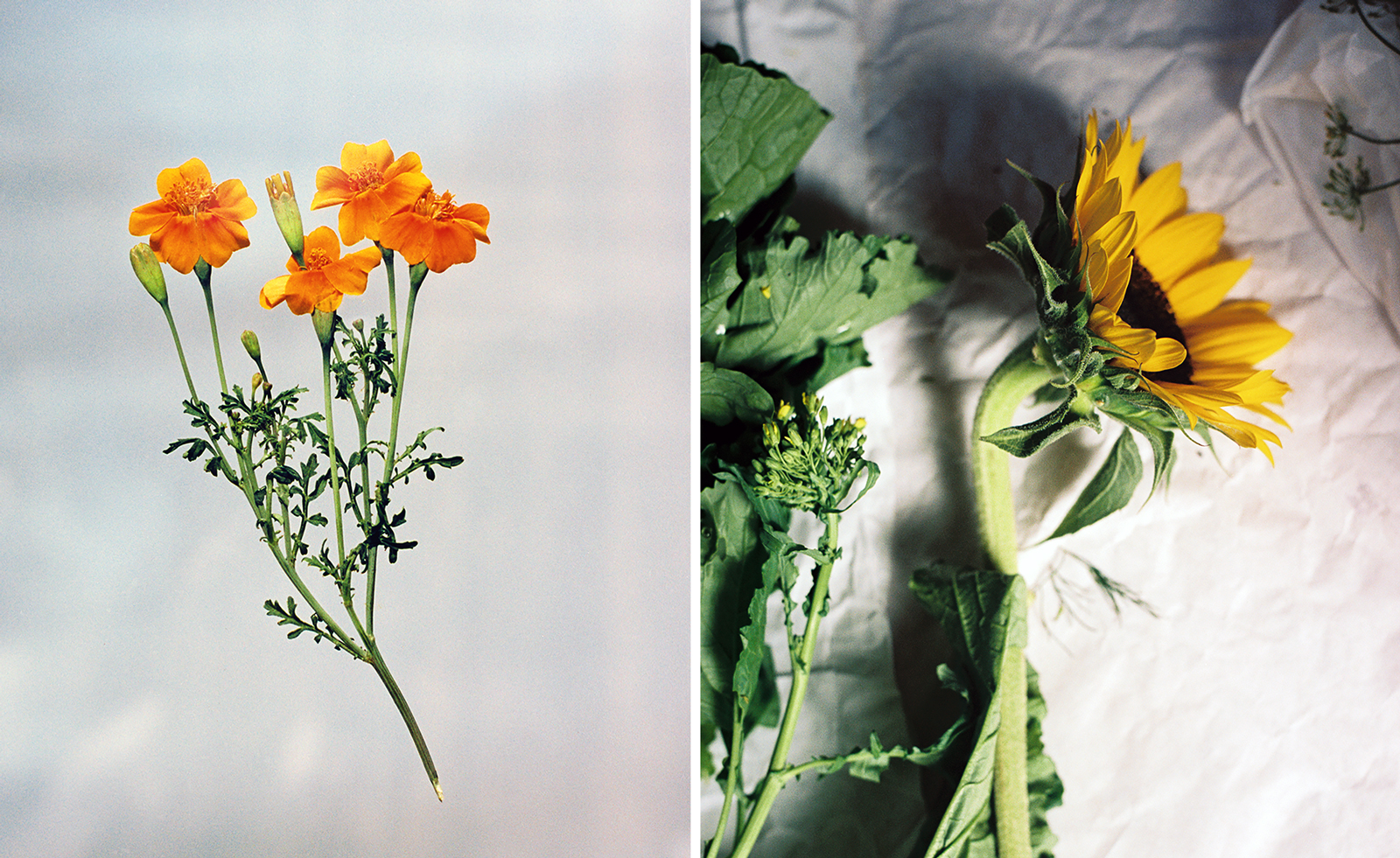 Edible flowers: the how, the what and the why
Edible flowers: the how, the what and the whyA new book from Monacelli, Edible Flowers: How, Why, and When We Eat Flowers, uncovers a fascinating history
-
 Match point: learn how to properly pair food and wine
Match point: learn how to properly pair food and wineLearn a thing or two about fine cooking and wine selection with this new book from the London Club